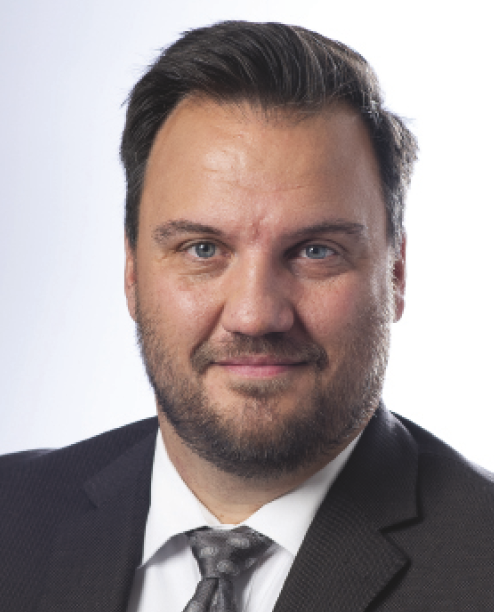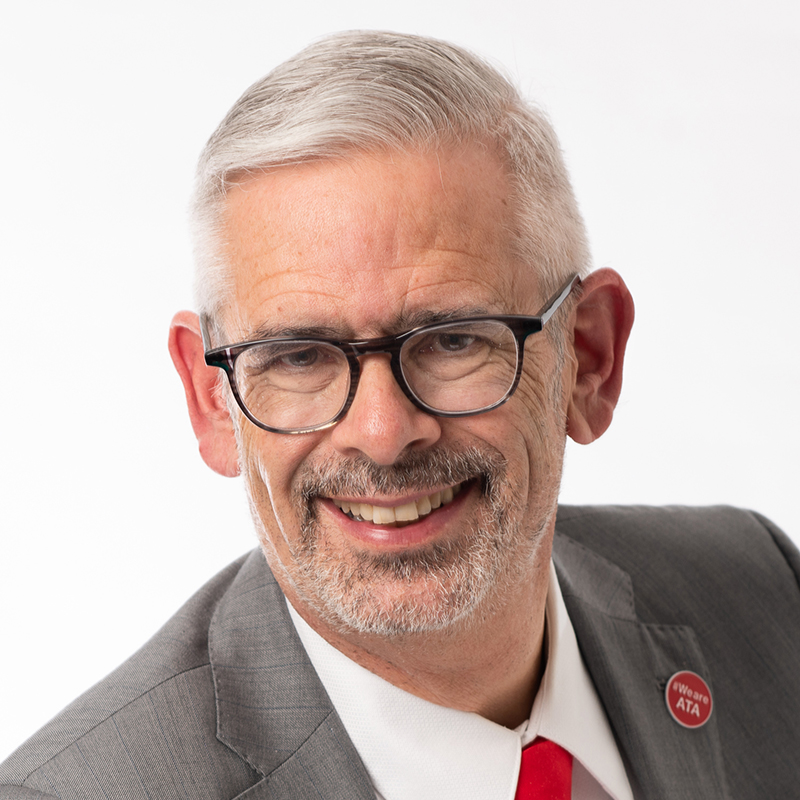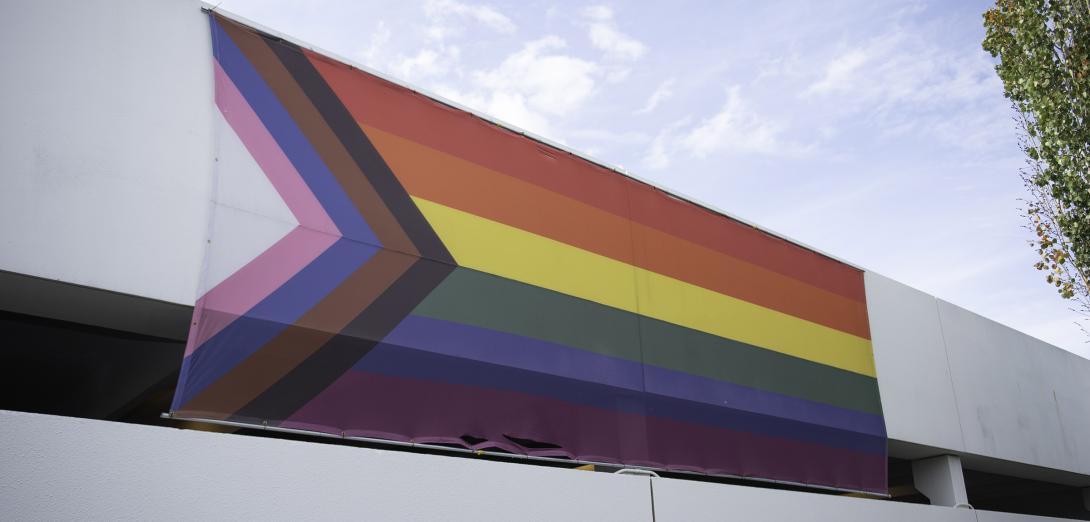Warning: the content of this editorial describes views and behaviours that may be unsettling to some people.
I’ve been hesitant to write my editorial about the anti-pride protests that occurred at our office and elsewhere on Sept. 20, partly because I don’t want to give them more oxygen, and partly because I know the topic is well covered in this issue. However, I feel compelled to address one particular aspect.
Much of my time has already been dedicated to this issue. From working on the Association’s public response to moderating a whole slew of comments on social media, I have been working considerably on this file over the past three weeks.
In that time, I have seen and read a lot from the protesters and their supporters. I cannot begin to describe how many hateful, hurtful, harmful, bigoted and downright awful things I saw, read and heard at the protests and online in the days that followed. It has been quite disturbing.
But the claim being asserted by many is that their position is not hate and is not anti-LGBTQ. I would like to believe that most who participated would not condone the worst of the actions and words that have come out. No, these people suggest that they have reasonable concerns that just aren’t being heard.
They suggest the issue is about parental rights and about the introduction of mature sexual content to vulnerable young students. A flyer put out by protest organizers says that schools are “teaching lessons about sexuality without parental awareness or consent.” Often, they will charge that teachers are “sexualizing” students. Taken at face value, these assertions would cause concern for many reasonable parents — which is exactly what is intended. Unfortunately, the assertions are not true.
First, the Education Act requires that school boards provide notice to parents where courses, programs of study or instruction includes subject matter that deals primarily and explicitly with religion or human sexuality. Furthermore, parents then have the right to withdraw their children from that instruction.
But sexual orientation and gender identity (SOGI) education is not about sexuality. It is about relationships; it is about identity, love and families. These are not mature topics, they are important topics.
2SLGBTQIA+ students are nearly twice as likely as other children to experience daily or weekly bullying. They are seven times more likely to attempt suicide. It is important to note that the heightened suicide risk is not because of their sexual orientation or gender identity but rather because of how they are stigmatized or mistreated.
If we are going to combat bullying related to sexual orientation and gender identity, and if we are going to combat the stigmatizing and mistreatment of relationship and gender diverse students, then we must build understanding about these identities and relationships among all students. This is not about sexualization or even sexuality, it is about protecting kids and saving lives.
The problem, it is occurring to me, is that these people believe that any talk about gender or relationship diversity is automatically sexual. If you believe that gender or relationship diversity is perverse or fundamentally wrong, then of course you will view teaching children about it as inappropriate, mature or as sexualization.
And that is why despite their efforts to portray this as an altruistic, reasonable effort to simply preserve parental rights and to protect children from mature or inappropriate content, I have difficulty seeing beyond the prejudice and discrimination. Combine that with the awful words and actions I have witnessed, and it really just looks like hate.

ATA News Interim Editor-in-Chief


